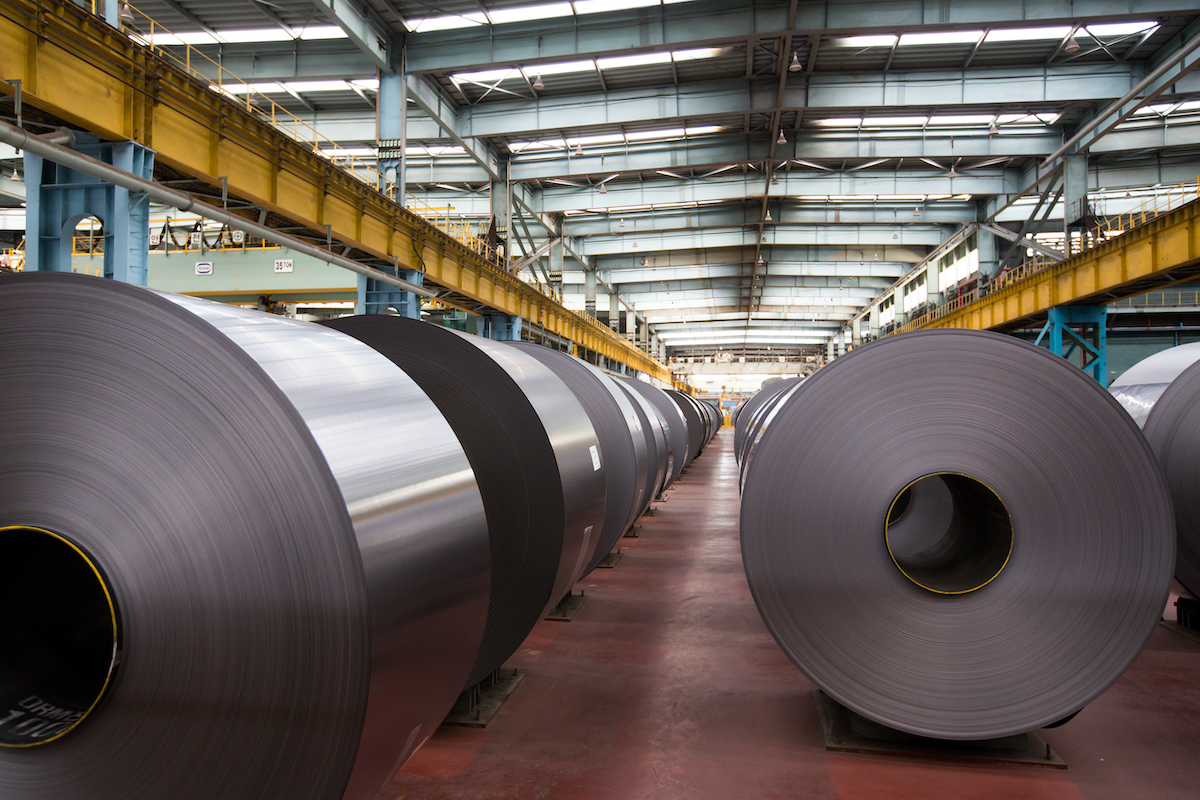
Muted demand, cheaper raw materials weigh on European HRC prices
But, on a firm bid, producers were reportedly ready to accept lower prices, namely €680-690 per tonne ex-works.
Buyers’ estimates of achievable prices were heard at €660-690 per tonne ex-works.
A booking of HRC from Central Europe to Germany was reported at €690 per tonne delivered, with freight estimated around €50 per tonne.
Nevertheless, overall trading remained extremely slow in the region, with sources mainly reporting hand-to-mouth booking for limited tonnages.
“There is no trading. Everyone is on a wait-and-see mode because mills have shown resistance on lowering prices despite falling raw materials costs,” a steel-service center source in the Benelux area said.
“Mills will need to cut production to find a [supply-demand] balance, but there are no [official announcements] yet. [European steelmakers] will need time,” the source added.
Declining prices for iron ore and coking coal have been putting additional pressure on finished steel prices, sources said.
The downtrend in raw materials “is one of the key reasons why steel prices are under pressure,” a buyer source in Germany said. “Mills still have room to decrease [HRC] prices, and there is a perception that rock bottom is yet to be touched, so buyers keep a low profile.”
As a result, Fastmarkets calculated its daily steel hot-rolled coil index domestic, exw Northern Europe at €683.96 ($744.44) per tonne on Tuesday, down by €5.04 per tonne day on day from €689.00 per tonne.
The index was down by €15.12 per tonne week on week and by €41.04 per tonne month on month.
Short-term expectations were quite pessimistic, buyer sources said, adding that they expect HRC prices to keep sliding down.
“Demand is showing no signs of improving and bookings are very slow [from sectors such as] automotive, construction, mechanical engineering — everything is very quiet,” a mill source said.
“There is some demand [for steel] from the renewable energy sector, but it’s not enough to compensate for the lack of demand from other industries,” the mill source added.
In Southern Europe, Fastmarkets’ corresponding daily steel hot-rolled coil index domestic, exw Italy was calculated at €668.75 per tonne on Tuesday, down by €1.25 per tonne day on day from €670.00 per tonne.
The index was down by €6.25 per tonne week on week and by €54.58 per tonne month on month.
HRC offers from an integrated supplier in Italy for April-May delivery were heard at €680-690 per tonne delivered, which nets back to about €670-680 per tonne ex-works.
But buyers’ ideas of workable prices were lower, with bids reported at €660-670 per tonne delivered (equivalent to €650-660 per tonne ex-works).
Sources reportedly limited activity in the market, with buyers preferring to book only small tonnages of HRC and expecting prices to drop further.
Import HRC offers from Indonesia, Japan and India to Italy were reported at €600 per tonne CFR.
Offers from Vietnam were heard at €580 per tonne CFR, while two sources pointed out that prices in the range of €560-570 per tonne were “achievable” for Vietnamese material.
Late-May shipment was heard available from most overseas suppliers.

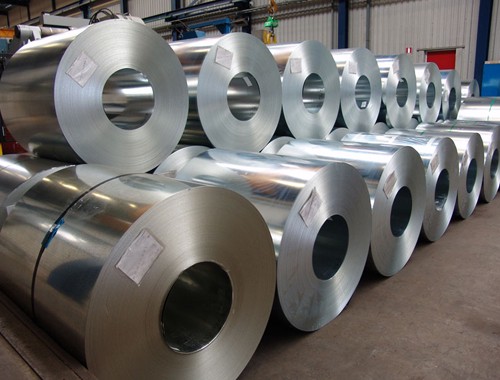
Strikes could stretch EU stainless coil lead times
European prices for stainless cold rolled coil are increasing in transactions on-month. Italian values are lower than the rest of EU countries due to continued uncertainty in the market and low activity downstream, sources tell Kallanish.
Sheet prices however are increasing on-month in all of Europe and also in Italy, where stocks are said to be medium-low. At present Outokumpu and Acerinox are idling their plants due to strikes. Since less coils will be available on the market, mills are expected to delay orders. Longer lead-times are seen supporting steelmakers’ price increases for May delivery.
The strike happening in Finland is aimed against the Finnish government and is not related to Outokumpu’s labour relations. The majority of Outokumpu’s stainless steel and ferrochrome operations as well as Tornio port in Finland will be shut down for two weeks between 11-25 March. The strike is also expected to indirectly impact Outokumpu’s operations in other countries through internal material flows. Meanwhile, Acerinox employees have been on an indefinite strike since 5 February over the new collective agreement. The industrial action involves almost 1,800 people. The strike is understood to be continuing during the negotiation process. The company is losing almost 1,200 tonnes/day of production since its workers at Cadiz declared the indefinite strike. Financial losses are estimated to have exceeded €3.5 million ($3.80m) over the last four weeks (see Kallanish passim).
Mills in Europe are now asking €2,580-2,600/tonne ($2,809-2,831) delivered for stainless cold rolled coils for end-May delivery. Italian contracts are ticking up to €2,400-2,450/t on average, while European CRC is pegged at €2,500-2,550/t delivered, sources suggest. Stainless HRC prices in Italy remain weak due to imports from Asian countries. Domestic values stand at €2,300/t delivered, on average. European sheet prices are also increasing by some €100/t on-month. In Italy sheets are pegged at €2,700/t ex-works, sources suggest.
Natalia Capra France

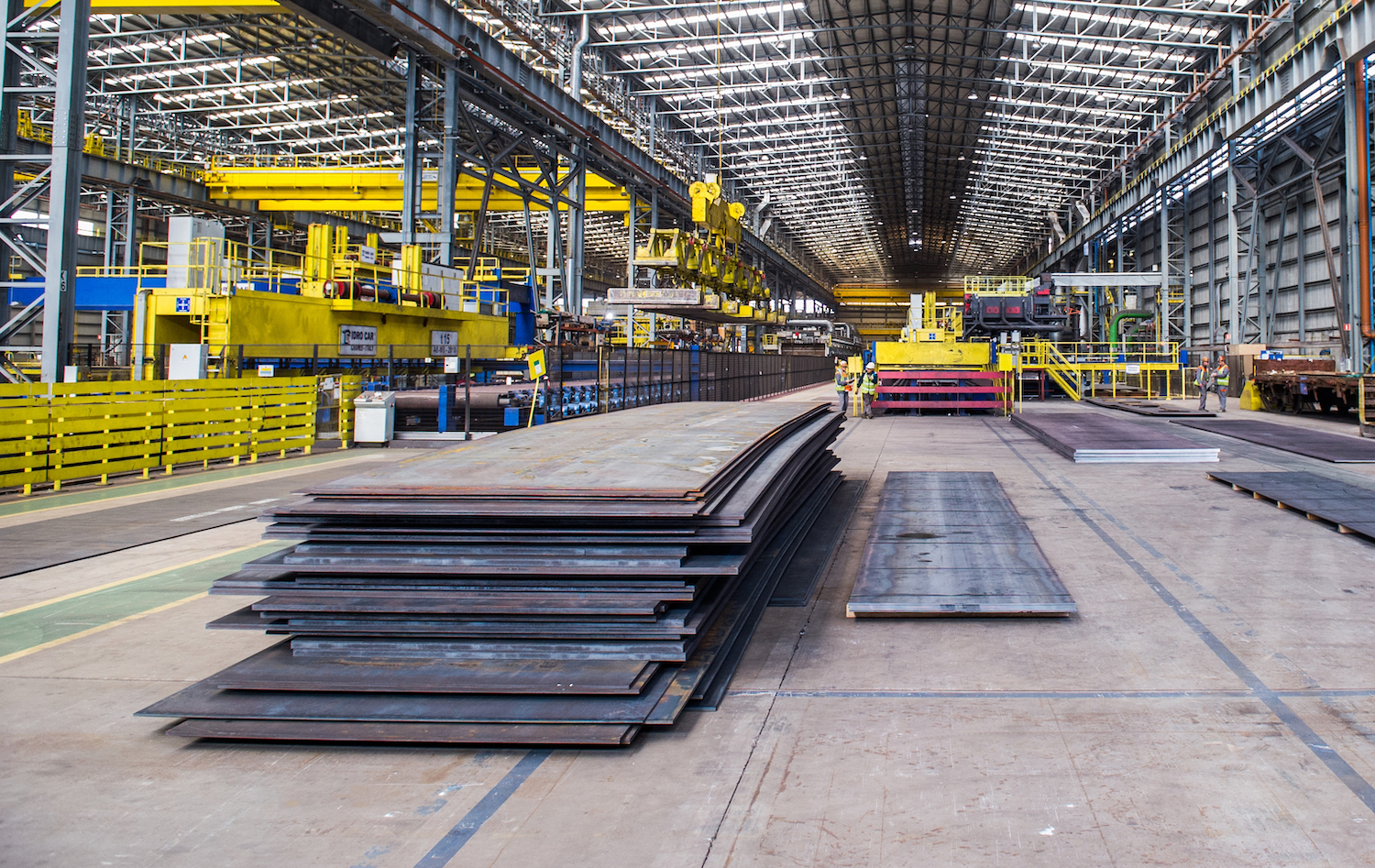
European north-south plate price gap widening
The gap between Italian plate prices and levels in northwestern Europe is widening again, Kallanish hears from market participants.
A convergence of prices for flat products north and south of the Alps had been observed since the middle of last year. Some observers even forecast that this could be the standard in future. However, Italian plate prices have fallen back since mid-February, after failed attempts by Italian mills to attain the level of northern mills, with €850/t ($922) delivered as the basis for S355.
On both sides of the Alps, plate prices returned to a softening trend in February, with Italian mills quicker to make concessions than northern mills.
“It seems they are afraid they might not get their order books full before the holiday closure in August,” says a German distribution manager with strong connections to the Italy market.
One reason for falling Italian prices is the “relatively low demand in Germany. After all we are an important destination for them,” he tells Kallanish. Up until February, Italian prices rose more substantially, while northern prices moved sideways, he says.
A Dutch source concurs, as he saw northwestern plate prices stable at or above €850 since November, but currently observes a lower end around €820. A Scandinavian manager says he paid altogether higher prices for material from integrated works, with lower offers from the local re-roller group.
He, too, sees prices softening, albeit arriving with a delay up north. “There is a small indication of slipping prices,” that source comments.
Christian Koehl Germany


ArcelorMittal to implement DRI premium for wire rod
ArcelorMittal is in the process of communicating to European customers its intention to implement a premium for all new orders of high grade wire rod that require the use of DRI in the production process, Kallanish understands.
The company currently is the sole European steelmaker with integrated DRI-EAF production in Hamburg, with a DRI plant built by Midrex..
High quality wire rod that requires the use of DRI will carry a premium going forward. The premium is set to be discussed case by case with the clients, depending on the amount of DRI needed to produce the ordered specifications.
“Clients will have the possibility to discuss the premium with their commercial agents. This will give them the opportunity to evaluate the specifications required and the actual need of DRI for the production of the order in the process,” a source with knowledge of the situation comments.
In the Hamburg mill ArcelorMittal can produce up to 700,000 t/y of DRI and 1m t/y of crude steel.
Emanuele Norsa Italy

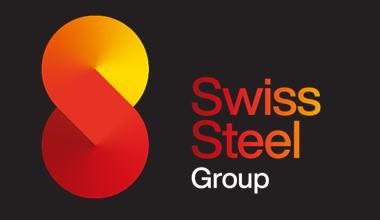
Swiss Steel reports 2023 loss on weak markets
The performance of Swiss Steel in 2023 was impacted by very weak market demand. Revenues fell by 20% year-on-year to €3.24 billion ($3.52 billion).
Revenues decreased across all major geographical markets, Kallanish hears from the maker of special bar. The revenue generated in its main market, Germany, which accounts for around one third, decreased by 22% to €1.10 billion. In addition, customers destocked their inventories, and increased imports further exacerbated demand weakness, the group notes. Required minimum plant utilisation was not sustained at all major production sites
This led to a decline in sales volume of 17% to 1.375 million tonnes, while the fall in the average sales price of SBQ steels was relatively mild, at -3%, to €2,363/t. The group notes that input prices for scrap sort 2/8, which is particularly important for its production, were down 18% from 2022.
The Engineering Steel Division, Swiss Steel’s largest division in terms of sales volume (75%), was particularly affected by the weak demand from automotive production and the contractions in the mechanical and plant engineering sectors. The sales volume here was down 17.5 % y-o-y at 1.03m tonnes. Stainless steels made 17%, or 239,000t, of the company’s sales, and tool steels 8%, or 104,000t.
In addition, the performance was impacted by multiple one-time effects. This included significantly decreasing spot prices for electricity and gas in combination with declining raw material prices resulting in significant inventory valuation losses. Extraordinary costs were also caused by layoffs, with the headcount reduced by 11% to 8,812 staff, including 251 employees from the divestment of Eastern European sales and distribution entities.
The adjusted Ebitda fell from €217m to a loss of €41m tonnes, the net loss came to €295m, following a net profit of €9m in 2022.
Christian Koehl Germany


EU market participants call for production cuts to support HRC prices
Market sources said production cuts are needed to prevent further price drops in the European hot-rolled coil market as demand remained subdued March 18.
“Mills must correct the market announcing real cut in production and firm prices,” a trader source said.
Market participants are unwilling to buy domestic HRC at current levels and expect prices to bottom out further.
“Mills have to reduce capacities heavily to stop further drop of the prices,” a distributor source said. “There is no bottom price at all now.”
Tradable values domestic HRC in Northwest Europe were reported at Eur680-690/mt ex-works Ruhr, with the majority of data heard at Eur680/mt ex-works Ruhr.
Platts assessed the price of domestic HRC in Northwest Europe down Eur5/mt on the day at Eur680/mt ex-works Ruhr March 18.
In Southern Europe, tradable values for domestic HRC were reported at Eur650-670/mt ex-works Italy.
Platts assessed the domestic price of HRC in South Europe down Eur5/mt on the day at Eur660/mt ex-works Italy March 18.
Market participants were awaiting clarity on safeguard quotas for imported HRC, and as a result, import activity remained low.
In Southern Europe, offers for Vietnam and India-origin imported HRC were heard at Eur600/mt CIF Italy for May shipment and June delivery.
Author Devbrat Saha, devbrat.saha@spglobal.

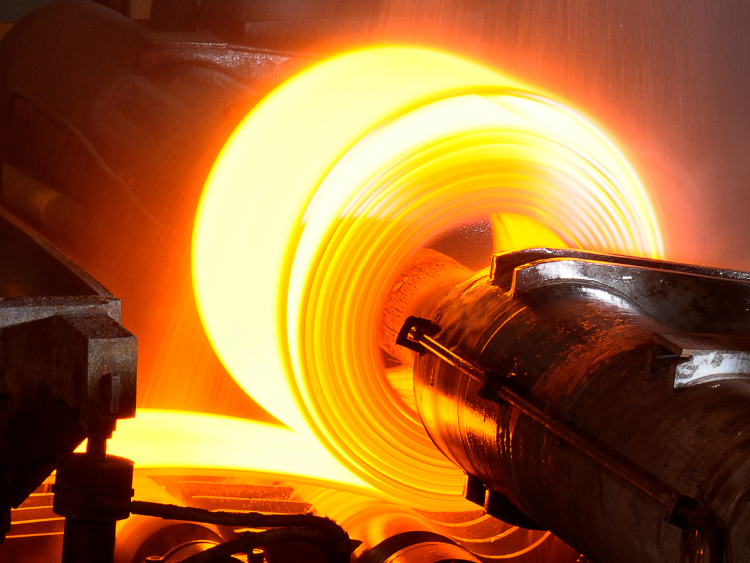
European HRC prices continue trending lower; buyers claim output cuts needed
[CHECK PRICE]
https://dashboard.fastmarkets.com/p/MB-STE-0028
The index was down by €10.33 per tonne week on week and by €43.13 per tonne month on month.
Offers for HRC in Northern Europe were heard in the range of €700-710 per tonne ex-works. Compared to late February, when hot-rolled coil was offered at €730-750 per tonne ex-works, this is a decrease of €30-40 per tonne.
But these lower offers did not stimulate trading, and no major deals were heard in the market.
“Buyers prefer to live ‘hand-to-mouth’ and do not stockpile [HRC],” a German trader said.
Fastmarkets sources estimated the tradable market level to be in the range of €670-690 per tonne ex-works.
“Demand is very low because buyers wait for the ‘rock bottom’ of HRC prices,” a buyer source told Fastmarkets.
The buyer source added that only small tonnages of 100-200 tonnes were traded in the spot market, but there was no restocking.
A second buyer source told Fastmarkets that mills were still expected to cut output, but there was no official information from steel producers in that regard.
“This is the only option for the mills. Further price reduction makes no sense because the result will be lower prices, but customers will still not be motivated to buy,” the second buyer source added.
But other market sources pointed out that such a decision would not have an immediate effect on the market, because it takes some time to idle a blast-furnace. Besides, a few mills have just restarted some capacity in January and February.
In early 2024, several European steelmakers restarted blast furnaces that were idled in late 2023.
In Southern Europe, Fastmarkets’ corresponding daily steel HRC index, domestic, exw Italy was calculated at €670 per tonne on Monday, down by €1.67 per tonne from €671.67 per tonne on March 15.
[CHECK PRICE]
https://dashboard.fastmarkets.com/p/MB-STE-0892
The index was down by €5 per tonne week on week and by €60.83 per tonne month on month.
Offers for HRC in Italy were heard at €690 per tonne delivered, which nets back to about €680 per tonne ex-works.
Market participants estimated the tradable market level in the range of €660-670 per tonne ex-works.
Offers of imported material remained limited in the European market.
From Asian suppliers, HRC offers for June-July arrival were reported at €580-600 per tonne CFR.
May-shipment HRC from India was offered to Italy at €600 per tonne CFR.
Some bids for Asian HRC in Italy were heard at €550 per tonne CFR.
No fresh deals have been reported on Monday.
“Both domestic and import [HRC] prices are declining, so buyers prefer to wait,” a buyer in Italy said.
“Besides, there are high chances that some quotas might be quickly exceeded, and duties will be applied, so that also limited demand for imported coil,” he added.

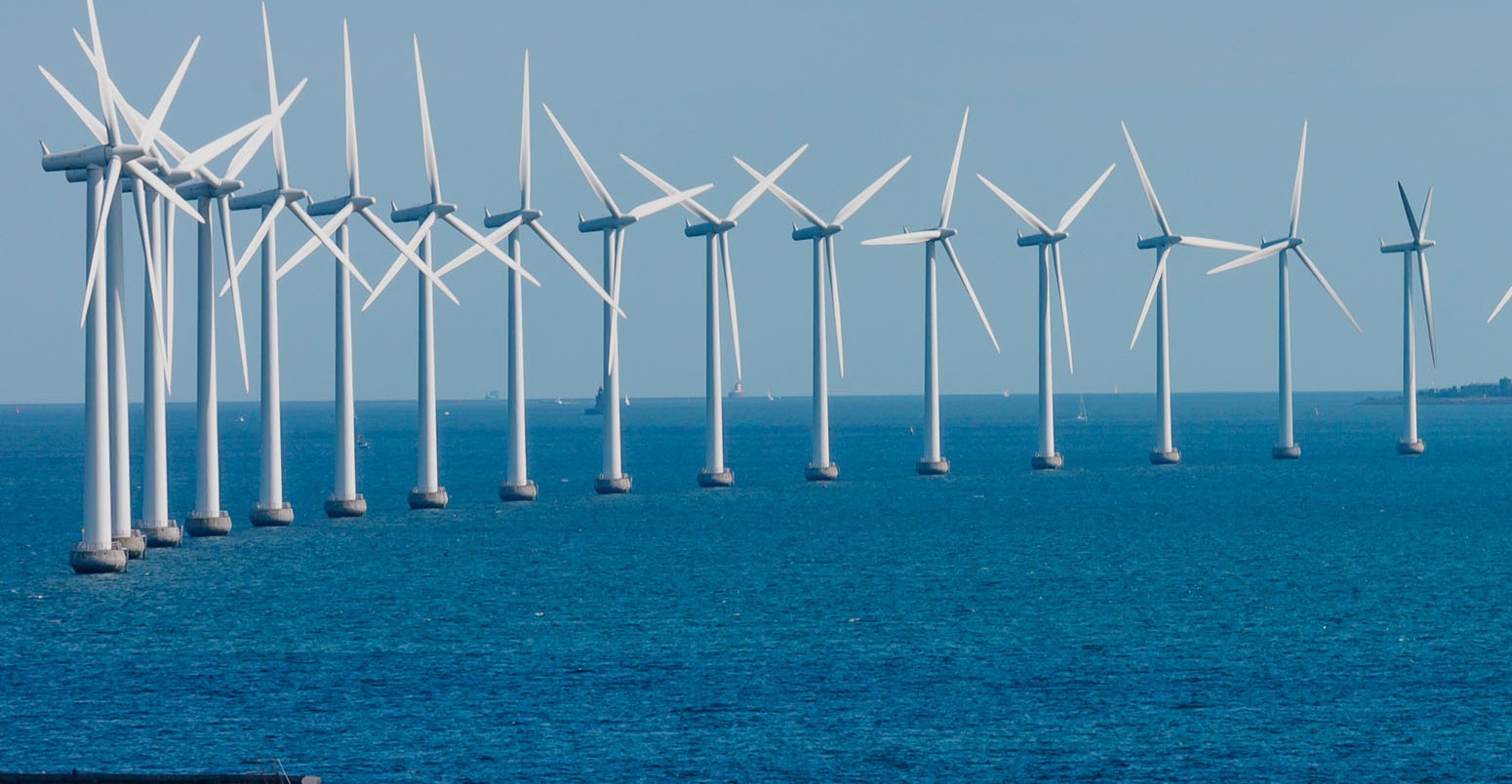
Ørsted to source first lower-emission plate from Dillinger
Wind farm operator Ørsted intends to procure lower-emission heavy-plate steel for offshore wind foundations from Dillinger (Hütte).
The German platemaker notes that the memorandum of understanding signed between the two companies will support its efforts in this field, and the optionality to deliver on expected future costumer demands.
Ørsted will be offered the first production of lower-emission steel from Dillinger, subject to availability and commercial terms and conditions. The plates form a part of the offshore wind monopile foundations and are intended to be used for future projects. According to Dillinger, the reduction of the process-related carbon emissions from production is expected to be around 55-60% compared to conventional heavy plate steel production.
Germany’s other big platemaker, Salzgitter’s Ilsenburg works, is currently in negotiations for a similar purpose, with Siemens Gamesa for the projected “Greener Tower” brand, its executives told Kallanish last week.
Christian Koehl Germany


Higher prices, cheaper energy to boost USSK earnings
Higher steel prices and lower energy costs, as well as management cost improvements are projected to drive better first-quarter Ebitda at US Steel Kosice (USSK) versus Q4 2023, says parent company US Steel.
In Q4, USSK saw lower average realised prices and product mix versus Q3; however, iron ore and coal costs were also lower.
In 2023, although USSK shipments rose 4% on-year to 3.9 million net tons, net sales fell 17% to $3.55 billion, while Ebitda was down 81% to $98m (see Kallanish passim).
Despite the lower sales in 2023, USSK’s merchant semi-finished steel sales rose 63% on-year to $168 million, US Steel’s annual report reveals. Of the main products, the largest fall in revenue came from cold rolled sheet, which saw sales drop 30% to $269m.
Of the main customer segments, shipments to construction rose 25% to 1.3mnt. Deliveries to steel service centres, and transportation and automotive each rose slightly to 848,000nt and 636,000nt respectively. However, deliveries to containers and packaging, and appliances and electrical equipment fell 26% and 24% respectively to 312,000nt and 172,000nt.
Adam Smith Poland


JSW Italy mulls EAF in Piombino: sources
JSW Italy may build an electric arc furnace in Piombino, as well as revamp the rail mill, sources close to the matter tell Kallanish.
Italy’s Ministry of Enterprises and Made in Italy (MIMT) signed this month a memorandum of understanding with JSW Steel to relaunch part of the troubled long steel facility in Piombino for an investment of €143 million ($155m).
JSW is vowing to double the Piombino rail mill capacity to 600,000 tonnes/year (see Kallanish 15 March). Part of its future investment is to build head hardening equipment and a tandem mill, with the aim of producing longer rails of 120 meters. The mill currently produces rails up to 108m, a source confirms.
The EAF project, still at a very early stage of development, may happen in a second phase. Due to the EU’s CBAM regulation, from 2026 the Piombino mill will not be able to import blooms from India and will be forced to produce them in-house. “Thanks to the revamp, JSW will be able to produce longer rails and intercept the large €1 billion order from the national railway company, Rete Ferroviaria Italiana (RFI). RFI is said to be ready to guarantee the order to JSW,” one source comments.
Last year, production at the Piombino rail mill was often disrupted due to delays in semis deliveries from JSW plants in India, but also amid weak orders. However, “there is no crisis in the rail market, but the €140m revamp is necessary to produce grades to reach certain EU nations where extreme cold or heat requires slightly different grades,” another source explains.
The rail mill is now idle for a week because of the late delivery of a vessel of semi-finished products from India. When Piombino’s rail capacity increases, an EAF to produce blooms will be necessary to guarantee constant and steady procurement of feedstock for rail production, particularly in view of the RFI order, the source argues.
In 2023, the mill is said to have produced approximately 20,000 t/month on average for about ten months, but this figure is unconfirmed by the company. MIMT minister Adolfo Urso, who visited the Piombino facility last week, said he expects the final binding agreement with JSW for the rail mill revamp to be signed by the summer.
JSW Steel is the $23 billion flagship business of the JSW Group. Its current capacity stands at 29.7 million t/y, but the company plans to increase this to 38.5m t/y by March 2025.
In Piombino, the steelmaker produces rails, bars and wire rod. At present, only the rail mill is operating, with 1,354 workers laid off until January 2025. The rail mill represents about 400 workers, a union source confirms. JSW did not respond to Kallanish request for comment.
Natalia Capra France


